Courses
Our Courses
Emergency First Response training is based on recommendations by ILCOR, so candidates learn the same skills as used by nurses, paramedics and medical professionals – rescue skills learned on our courses are just as effective as those used by the professionals.
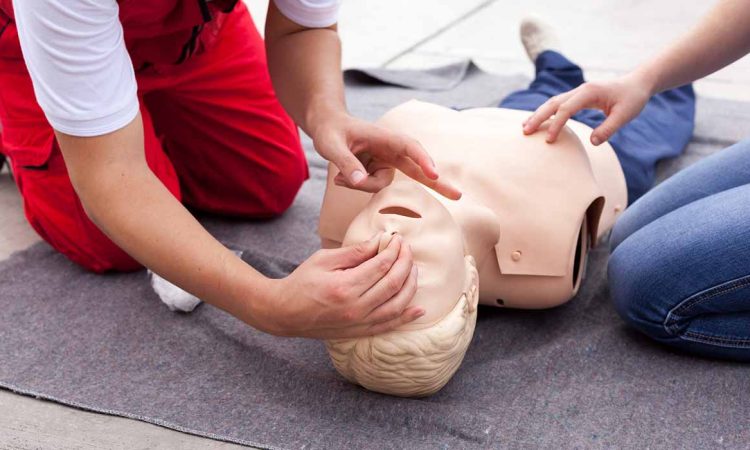
Primary Care & Secondary Care Course
1-2 days class
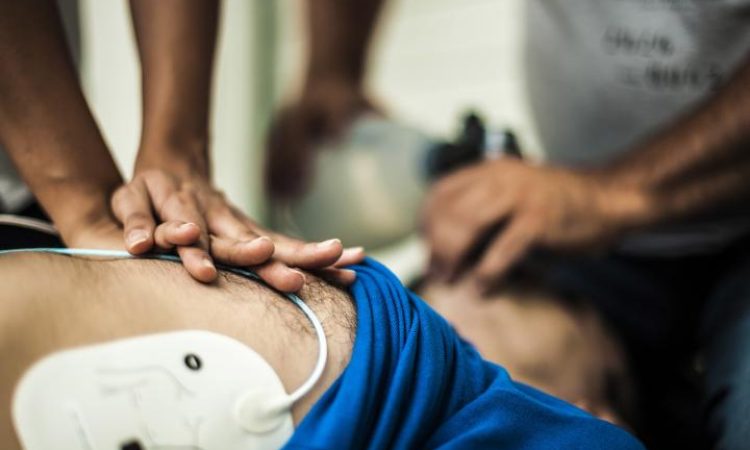
CPR & AED Course
8-hour class
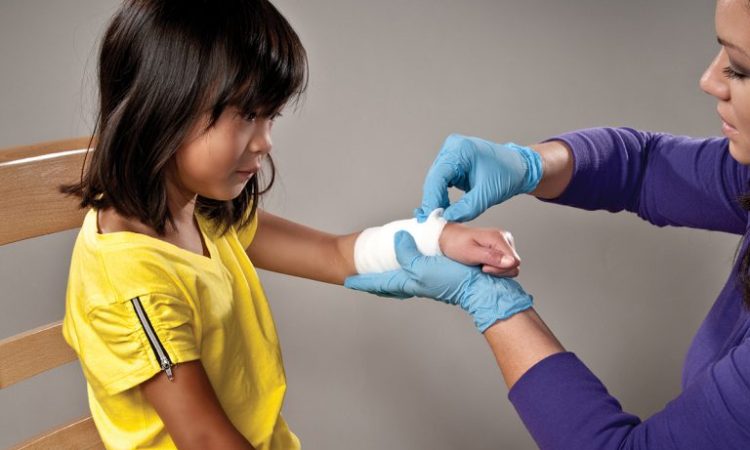
Care for Children Course
1-2 days class
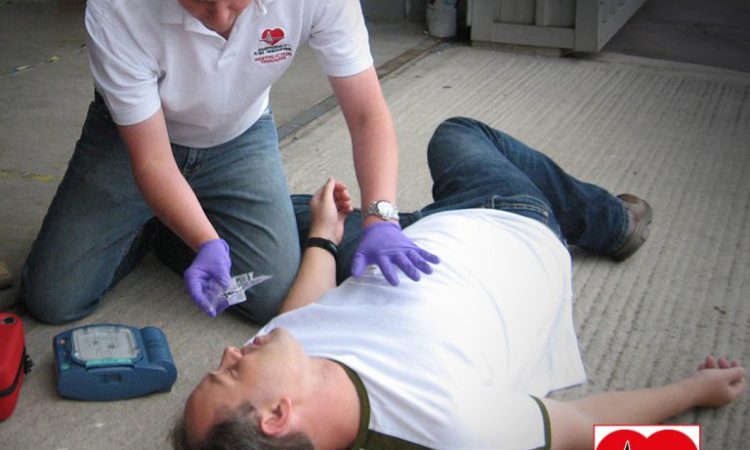
EFR Refresher Course
4-Hour Class
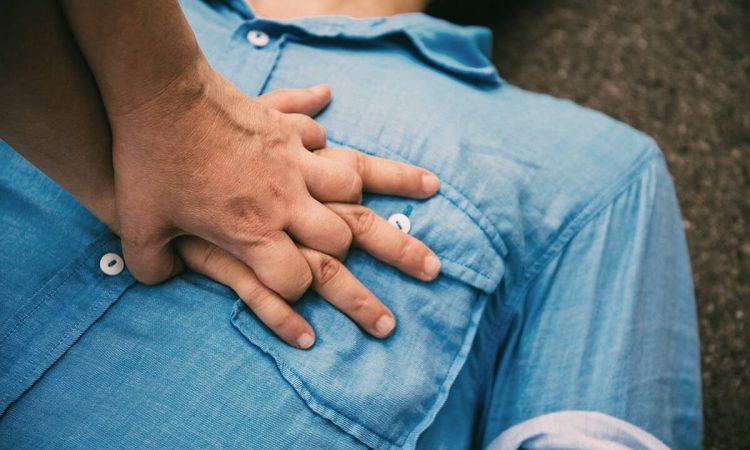
Hands Only (compression only) CPR Course
45-60 minutes’ class
Book Today and Unleash Your Potential for Lifesaving Action!
Book Today!
What Our Students Say
Informative, intuitive and fun classes.
Julio from Lifesaver Academy always provides informative, intuitive and fun classes.

“Really enjoyed this course”
“Really enjoyed this course and learnt a lot more and now feel confident in a situation if it arises.”

Uitstekende refreshcursus EFR bij Lifesaver Academy!
Ik heb onlangs de refreshcursus Emergency First Response (EFR) gevolgd bij Lifesaver Academy, en ik ben ontzettend tevreden! De training was duidelijk, praktijkgericht en perfect afgestemd op mijn behoeften.
Onze instructeur Julio was zeer professioneel en wist de lesstof op een begrijpelijke en toegankelijke manier uit te leggen. We kregen voldoende tijd om de vaardigheden te oefenen, en er was veel aandacht voor realistische scenario’s, wat de cursus extra waardevol maakte.
Alles was goed georganiseerd, van het lesmateriaal tot de praktijkoefeningen. Ik voel me weer volledig zelfverzekerd in het verlenen van eerste hulp. Zeker een aanrader voor iedereen die zijn EHBO-kennis up-to-date wil houden!
Bedankt Lifesaver Academy voor deze leerzame en effectieve training!

FAQ
Frequently Asked
Focused on training the lay rescuer, the Emergency First Response approach to training builds confidence in lay rescuers and increases their willingness to respond when faced with a medical emergency by teaching them the skills they need in a non-stressful learning environment. Participants are also given as much practice as necessary to master and retain these skills.
It is recommended that you refresh your skills every two years. After completing the course, you'll receive a completion card. Emergency Responders can update through a practice session or Emergency First Response class.
Remember: Take first aid and CPR refresher training. Memory fades over time.
Even professionals like doctors must renew CPR skills every two years. Your EFR instructor provides a reference card, but quick access to life-saving skills matters most.
An AED (Automated External Defibrillator) is a user-friendly, portable device that assesses a patient's heart rhythm and identifies the need for a shock to reinstate a normal rhythm. AEDs substantially elevate the chances of survival for such cases. Given the criticality of swift action, numerous enterprises, government bodies, recreational venues, and public areas are equipping themselves with AEDs, accessible to appropriately trained individuals.
Hands Only CPR is CPR without rescue breaths.
The American Heart Association introduced Hands-Only CPR in 2008 to teach the public – also called “lay-responders” – how to perform basic CPR and improve patient outcomes for out-of-hospital sudden cardiac arrest victims.
Our courses are available in English, Dutch, Papiamentu and Spanish.
Book A Course Today!
Some Of Our Clients


